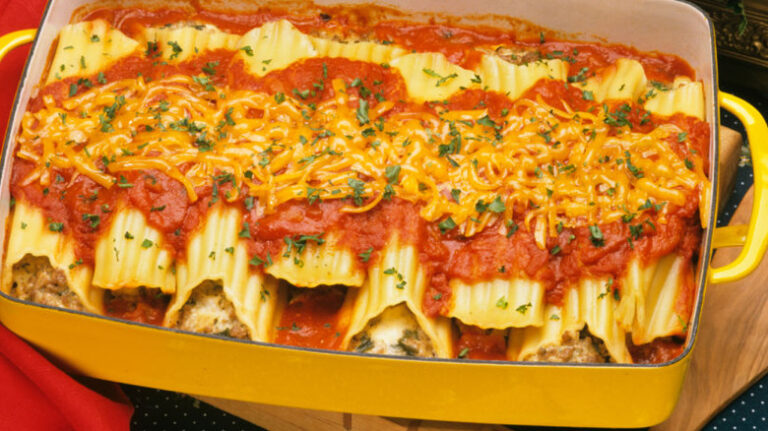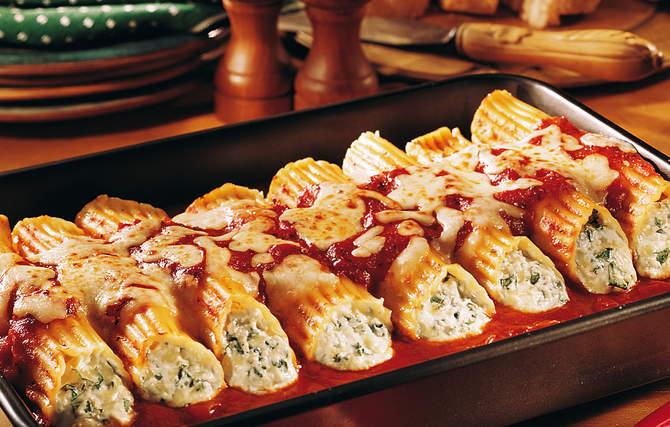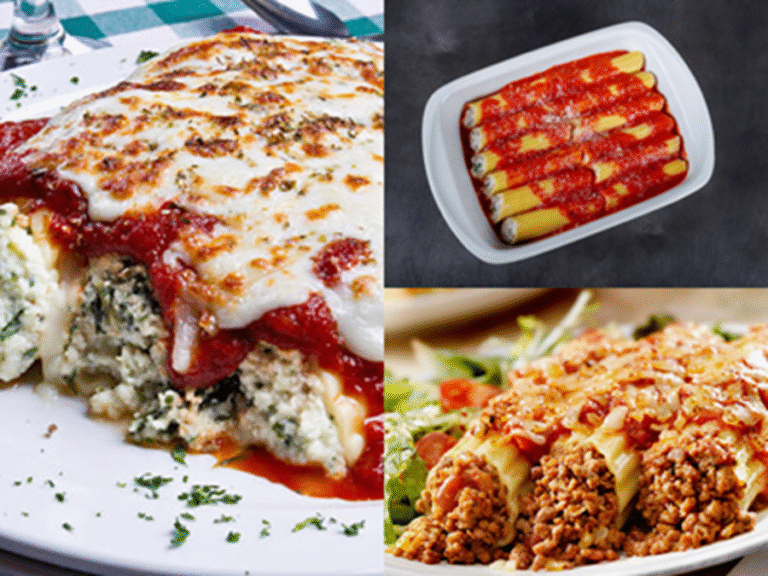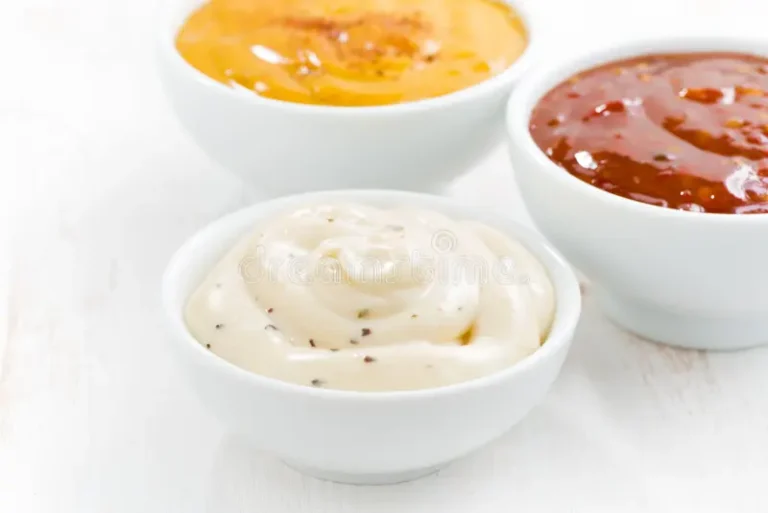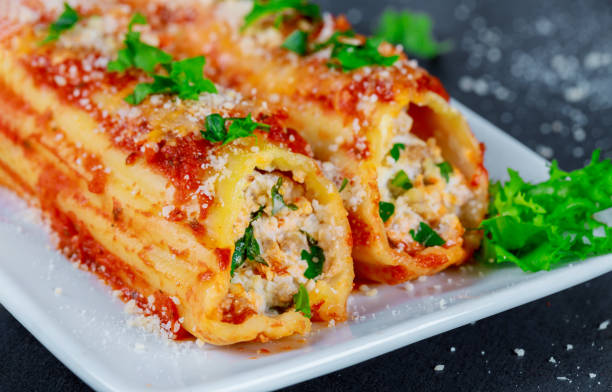Mannacote: The Complete Guide to This Italian Classic
Mannacote is one of the most comfortable pasta meals in Italian cuisine. The popularity of this dish has become widespread among the Italian and the Italian-American communities because of its delicious ingredients, foaming sauces and golden baked crust.
Mannacote is a unique recepie not only due to its flavour but also due to its backstory, which unites the family, tradition, and culinary innovation. In this tutorial, you will find out its origin, recipes, variations, and the process of making it at home perfectly.
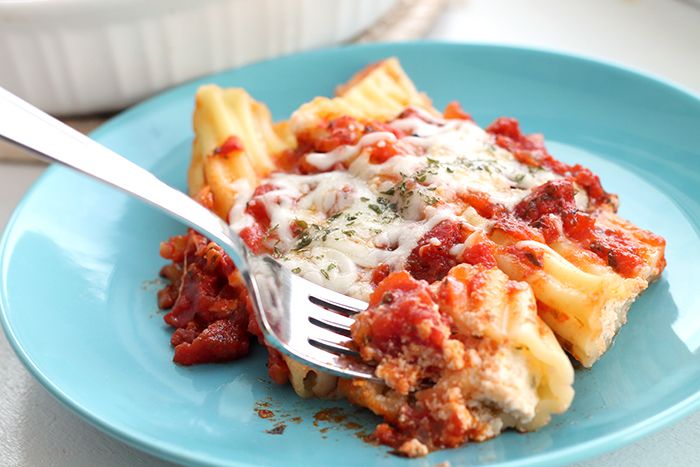
What Is Mannacote?
Mannacote is a baked pasta dish made in large tubes or rolled pasta sheets filled with cheese, meat or vegetables. It is roasted until brown and bubbling after being slathered with sauce. The shape and texture of Mannacote are different since it is rolled or stuffed as opposed to being stacked like lasagna.
Why People Love Mannacote
It is a hearty, cosy dish that is popular among most people. Families love it because it is easy to prepare in large trays and is best suited during parties. The combination of the savoury sauce, creamy filling, and soft pasta will be enjoyed by both children and adults.
When Is Mannacote Served?
Mannacote was always reserved to the Sundays when the family sat down to long meals, at weddings, or holidays. It is now served at both informal week night dinners and happy holiday feasts. It is timeless because it is flexible.
History of Mannacote: Where Did It Come From?
The process of making pasta was common in Southern Italy, where mannacote was first introduced. Families made pasta manually, rolled it out and then filled it with whatever was available at the time, which could be seasonal vegetables, fresh cheese, or herbs. It was considered a special meal that was commonly served during festivals.
Influence of Italian-American Culture
The Italian immigrants brought Mannacote to the United States. It was a Sunday meal in Italian-American families in such areas as New York, Chicago, and Philadelphia. Dairy became more available and recipes were enriched with more mozzarella and Parmesan.
How Mannacote Changed Over Time
Mannacote became larger, cheesier and more decadent in America and remained rustic and tradition-bound in Italy. Nowadays, you can find traditional and modern recipes, which testifies to the cross-cultural flexibility of the dish.
Mannacote vs Manicotti vs Cannelloni: What’s the Difference?
Cannelloni, manicotti, and mannacote all have distinct personalities despite their similarities. Although they are frequently confused, each dish is unique due to minor variations.
Key Pasta Differences
Mannacote frequently works with coarse and heavy sheets or tubes that are filled or rolled by hand. Manicotti is a well-known Italian-American dish that is often made with tubes which are already shaped and bought in the store. The Italian masterpiece, cannelloni, is a mixture of light sauces such as béchamel and thinner pasta.
Which One Should You Cook?
Mannacote is the one to choose in case you want a hearty, rustic dish. Cannelloni is ideal in formal dinners where presentation is a major concern. Since manicotti involves ready-made spaghetti, it does not take much time and does not lose its flavour, so the dish is perfect to cook by beginners.
Traditional Mannacote Recipe
The classic Traditional Mannacote Recipe is simple but extremely satisfying. It is mixed with pasta, ricotta cheese, mozzarella, Parmesan, herbs, and tomato sauce and baked until the top turns golden and crisp.
Essential Ingredients
Parmesan gives a salty flavor, mozzarella provides stretchiness, and ricotta provides a creamy base. Be it homemade or bought, tomato sauce balances the level of acid and richness. The taste is completed with fresh herbs such as parsley or basil.
Step-by-Step Cooking
Pasta should first be parboiled until it is firm but not soft. Stuff the pasta carefully when mixture is mixed with ricotta cheese, cheese, and herbs. Bake in a dish, sprinkle with additional cheese, top with sauce and bake until it begins to bubble. The result is a meal that is not only beautiful, but comfortable.
Modern Mannacote Variations
Modern chefs like to reimagine Mannacote with powerful flavours. These reiterations celebrate traditions and at the same time accommodate the present-day culinary trends.
Creative Ingredient Swaps
Others replace wild mushrooms with earthy flavor or butternut squash with a sweet flavor instead of ricotta. Examples of seafood fillings that make it a gourmet centrepiece are crab or prawns. Even the luxury models have truffle oil.
Restaurant-Inspired Ideas
In Italy, one can serve Mannacote with béchamel or pesto to make it a little lighter. Contemporary restaurants in the US are playing around with odd cheeses such as burrata or hot sauces. These reiterations reveal how Mannacote can be easily adapted and at the same time retain its authenticity.
Mannacote Fillings Guide: What Can You Stuff It With?
The personality of the meal is determined by the filling, which can make it either light or decadent.
Vegetarian Favorites
The most typical one remains to be traditional ricotta and spinach. Favourites include artichokes, eggplant, roasted peppers and zucchini. These contents provide balance to the thick spaghetti and make it fresh.
Protein-Packed Fillings
To lovers of meat, a large difference prepared using ground beef, lamb, Italian sausage or shredded chicken is the best. The combinations of proteins and the types of sauces they can be combined with are unlimited, as every protein is compatible with a range of them.
Seasonal Experiments
Cooking in seasons is exciting. Stuffing such as pumpkin or chestnuts are also warm in the fall. During the summer Mannacote is light and refreshing due to light veggies and fresh herbs.
Mannacote Sauces Explained
No Mannacote is complete without a great sauce. The sauce adds moisture, flavor, and personality to the dish.
Tomato-Based Sauces
The traditional marinara offers zest and freshness. Arrabbiata gives chilli heat for those who enjoy spice. Another favourite that adds a vibrant, herbaceous finish is tomato-basil sauce.
Cream-Based Sauces
Mannacote can be transformed into a rich, velvety dish with bechamel, Alfredo, or even just a basic cream sauce. These are particularly good with seafood or veggie stuffing.
Modern Sauce Ideas
Some cooks try using sage butter sauce, sun-dried tomato pesto, or walnut cream. These inventive sauces highlight Mannacote’s versatility and keep the dish interesting.
Mannacote Cooking Methods: How Do You Make It Perfectly?
Mannacote Cooking Methods traditionally rely on baking, but creative cooks experiment with other approaches.
Baking for Crispy Edges
It is believed that the bubbling cheese and golden rims that are a result of baking in the oven are the best part of the dish. Also, it allows a slow incorporation of flavours.
Steaming for Soft Texture
Steaming, which is not so popular, gives a delicate texture. It is suitable in vegan or gluten-free versions, where pasta is soft and needs to be cooked gently.
Pan-Seared Experiments
Other cooks roast stuffed pasta having been browned in a skillet. This provides Mannacote with a unique twist as it enhances the flavour and caramelises the surface of the pasta.
Homemade Mannacote Pasta: Is It Worth It?
Homemade pasta takes time, but the payoff is undeniable.
Tools You’ll Need
All you need is eggs, semolina flour, a pasta roller, and patience. Pasta is still rolled by hand by families in Italy, preserving the custom and passing down knowledge from one generation to the next.
Flavor Benefits
Store-bought spaghetti lacks the soft bite and sauce absorption of fresh pasta. The homemade pasta in the Mannacote—soft, creamy, and delicate all at once—was what made the meal memorable during my cooking session in Florence.
Can You Make Gluten-Free Mannacote?
Yes! Gluten-free versions are becoming more popular as more people seek alternatives.
Pasta Alternatives
Gluten-free pasta made from rice or corn flour works well. You can also use zucchini or eggplant slices as a low-carb, gluten-free alternative to pasta sheets.
Taste & Texture Differences
Gluten-free pasta tends to be softer, but pairing it with bold sauces like marinara or pesto helps balance the difference. It may not be identical to traditional pasta, but it’s still delicious.
Vegan Mannacote: How Does It Taste?
Vegan Mannacote shows that comfort food doesn’t need dairy.
Common Vegan Fillings
Cashew ricotta, mushrooms, lentils, and tofu make excellent fillings. They create a creamy, savory base without animal products.
Vegan Sauces That Work
Tomato-based sauces are naturally vegan, while cashew cream or nut-based pestos add richness. When baked, vegan Mannacote is hearty and surprisingly close to the classic.
Mannacote for Beginners: Is It Easy to Cook?
Though it looks impressive, Mannacote is beginner-friendly with a little guidance.
Easy First Recipe
Use premade pasta tubes to begin. Stuff the tubes with a mixture of ricotta, spinach, and Parmesan, cover with marinara, and bake. It’s a great way to get started and is easy yet delicious.
Tips to Avoid Stress
Pasta should be firm before baking; avoid overcooking it. Fill tubes swiftly and cleanly with a piping bag, and prepare fillings in advance. The procedure runs more smoothly thanks to these tips.
Regional Mannacote Styles in Italy
Every Italian region puts its own spin on Mannacote, reflecting local flavors.
Naples Style
Fresh mozzarella and hearty tomato sauces are staples in Naples. Strong, robust flavours that complement the city’s culinary tradition are the main focus.
Tuscan Style
More rustic, Tuscan Mannacote frequently includes pecorino cheese, spinach, and herbs. It reflects Tuscany’s rural traditions and is lighter but nonetheless incredibly fulfilling.
Sicilian Style
Sicilian variations frequently contain stronger spices, fish, or eggplant. The island’s Mediterranean influence and penchant for potent, fragrant ingredients are reflected in these flavours.
Mannacote in Italian-American Cuisine
Mannacote has a special place in Italian-American kitchens.
Restaurant Traditions
It’s a house speciality at family-run trattorias in Little Italy neighbourhoods. It is frequently combined with red wine, garlic bread, and a simple salad to make a full meal.
Holiday Connections
Large trays of Mannacote are baked by Italian-American families for weddings, Easter, and Christmas. It is regarded as a meal for gathering and celebration.
Best Pairings for Mannacote
Pairings elevate the dining experience and balance the richness of the dish.
Side Dishes That Fit
Garlic bread, Caesar salad, or roasted vegetables add freshness and texture. These sides cut through the richness of the pasta.
Wine Suggestions
Chianti and Sangiovese pair beautifully with tomato-based versions, while sparkling Prosecco works well with lighter variations. The right wine enhances every bite.
Mannacote for Holidays & Gatherings
Mannacote is often the centerpiece of holiday feasts.
Why It’s a Festive Favorite
It is ideal for feeding large gatherings because it can be prepared in advance, frozen, and cooked in large trays. It also feels joyful because of its hearty, warm nature.
Family Traditions
Many families prepare Mannacote together, and kids assist with stuffing the pasta. The meal becomes more than just food because of these shared culinary experiences; it becomes a memory.
Common Mistakes When Making Mannacote
Even skilled cooks make mistakes with Mannacote.
Overcooking Pasta
Boil pasta only until firm; it will cook more in the oven. Overcooked pasta turns mushy and ruins the texture.
Skipping Rest Time
Let Mannacote rest after baking so it sets properly. Cutting too soon can cause the filling and sauce to spill out.
Too Much Filling
Overstuffing can tear the pasta or cause uneven cooking. A modest amount of filling ensures a perfect bite every time.
Best Cookware for Mannacote
The pan you choose affects the final result.
Ideal Baking Dishes
Ceramic and cast-iron pans hold heat evenly and give the pasta a crisp, golden edge. They also retain warmth for serving.
Why Nonstick May Fail
Nonstick pans don’t handle high oven temperatures well and prevent the pasta edges from browning properly. Traditional bakeware gives better results.
Nutritional Profile of Mannacote
Mannacote can be heavy or balanced depending on how you prepare it.
Calorie Count
Classic Mannacote is high in calories due to cheese and pasta. Lighter versions with vegetables or whole-grain pasta reduce the calorie load.
Nutrient Benefits
Cheese adds protein and calcium, spinach adds vitamins and fiber, and tomato sauce provides antioxidants. With smart choices, Mannacote can be both indulgent and nutritious.
Mannacote for Meal Prep: Can You Store It?
Mannacote is perfect for meal prep, saving time without sacrificing taste.
Storage Tips
Refrigerate baked Mannacote for up to 3 days. You can also freeze unbaked trays for up to a month. Cover tightly to keep flavors fresh.
Reheating Tricks
Reheat slowly in the oven, covered with foil, to avoid drying out. Adding a little extra sauce before reheating keeps it moist and flavorful.
Restaurants Famous for Mannacote
Mannacote has earned a place in both Italian and American restaurants.
United States Hotspots
New York’s Rao’s serves one of the most well-known varieties, cherished for its genuineness. Restaurants in Little Italy in Chicago are well-known for their filling, meat-based Mannacote.
Italian Must-Visit Spots
Trattorias in Rome provide seasonal dishes made using local, fresh ingredients. Traditional Mannacote baked with tomato sauce and mozzarella can be found in Naples, precisely as it was for years.
Why Mannacote Still Matters Today
Mannacote is more than just a meal; it’s a custom. It still brings comfort to ordinary meals, celebrates holidays, and unites families. Whether you try the classic recipe, a vegan variant, or a version inspired by a restaurant, Mannacote demonstrates how food can evoke memories and convey history.
FAQs
1. Can I make Mannacote ahead of time?
Yes, you can assemble it a day before and refrigerate until baking. It saves time for busy days or celebrations.
2. What’s the best filling for beginners?
Ricotta and spinach are the easiest and most forgiving. They’re light, flavorful, and simple to prepare.
3. Can I freeze Mannacote?
Absolutely! Freeze before baking for best results. Wrap tightly in foil to avoid freezer burn.
4. How do I stop pasta from breaking while stuffing?
Undercook pasta slightly and use a piping bag to fill neatly without tearing.
5. Is Mannacote healthier with vegetables?
Yes, adding spinach, zucchini, or mushrooms boosts vitamins and fiber while keeping calories lower.


